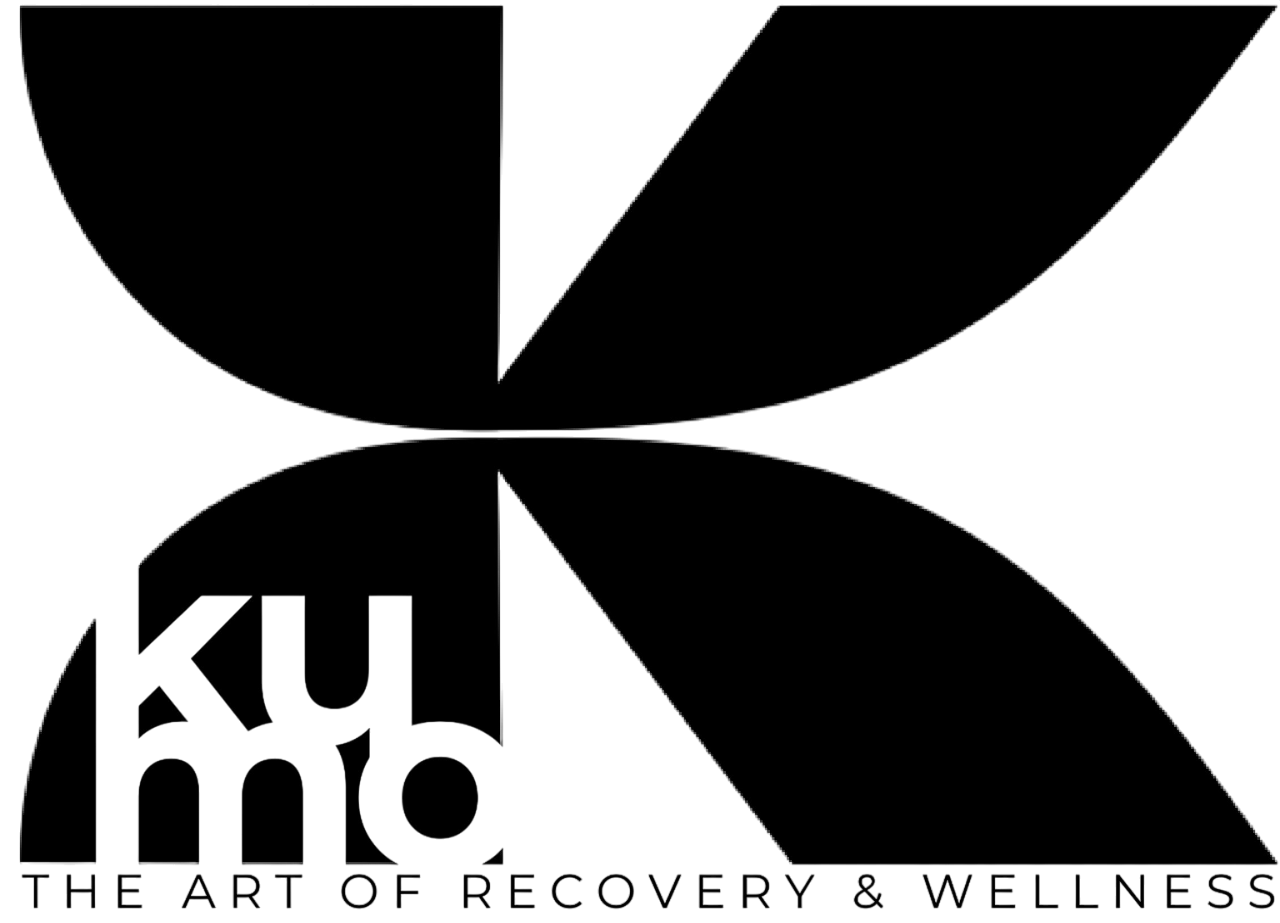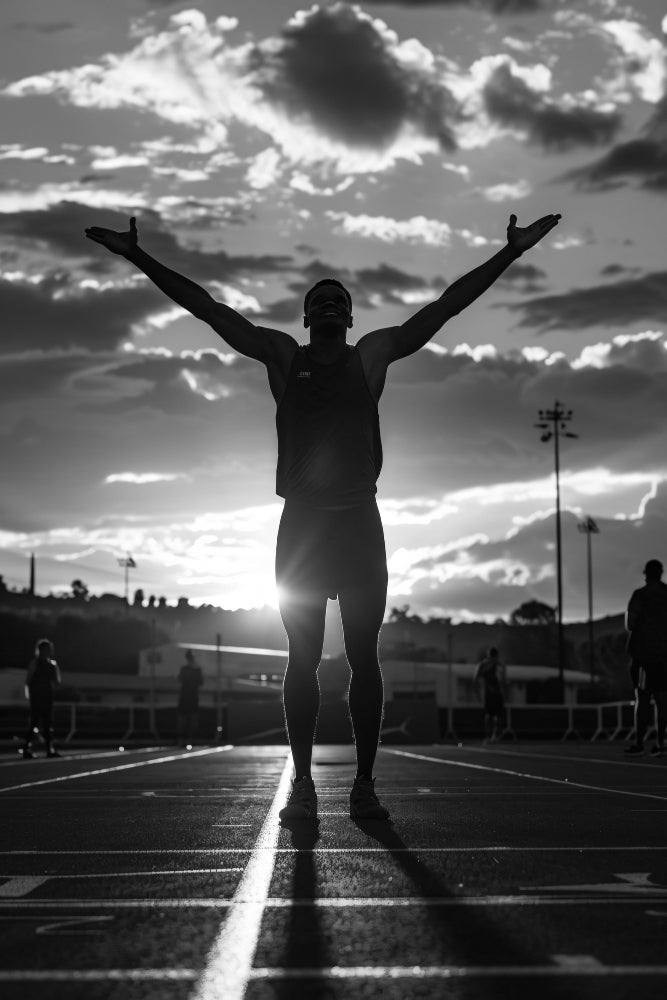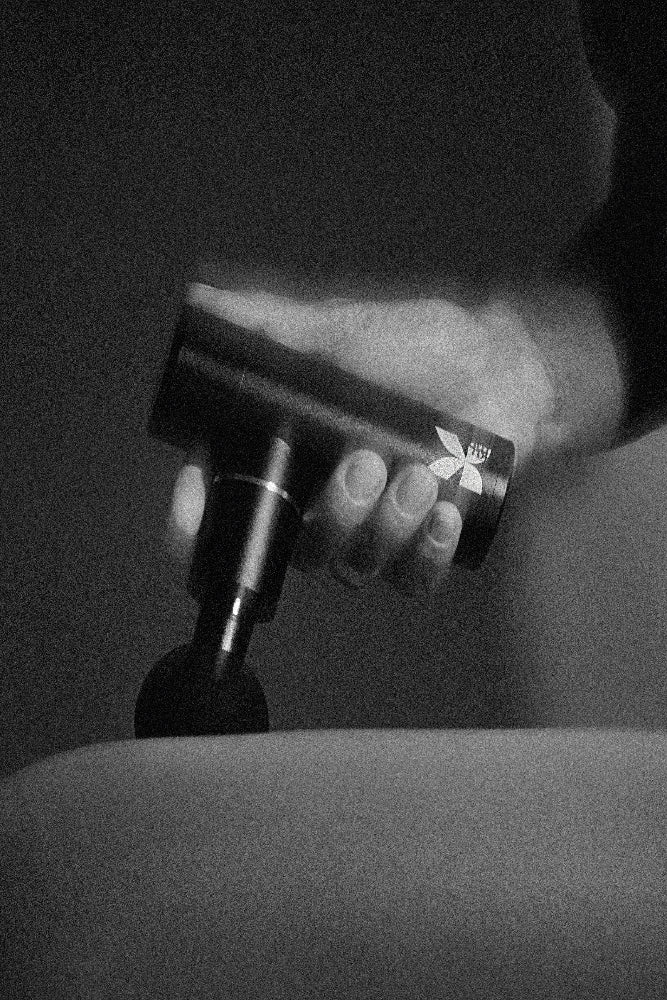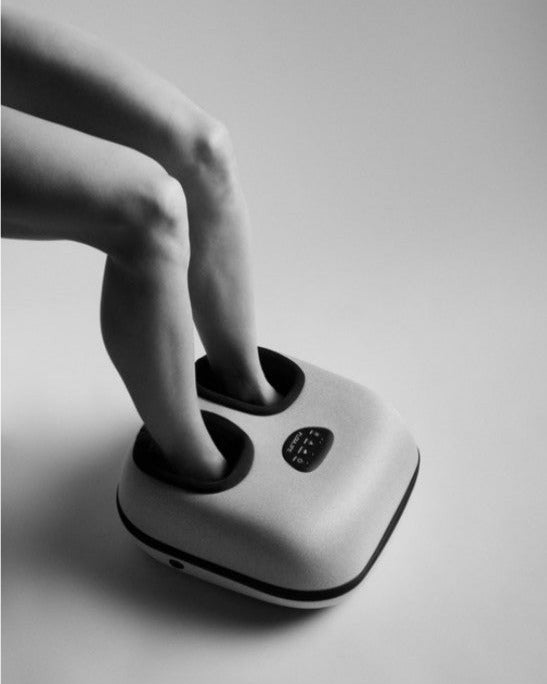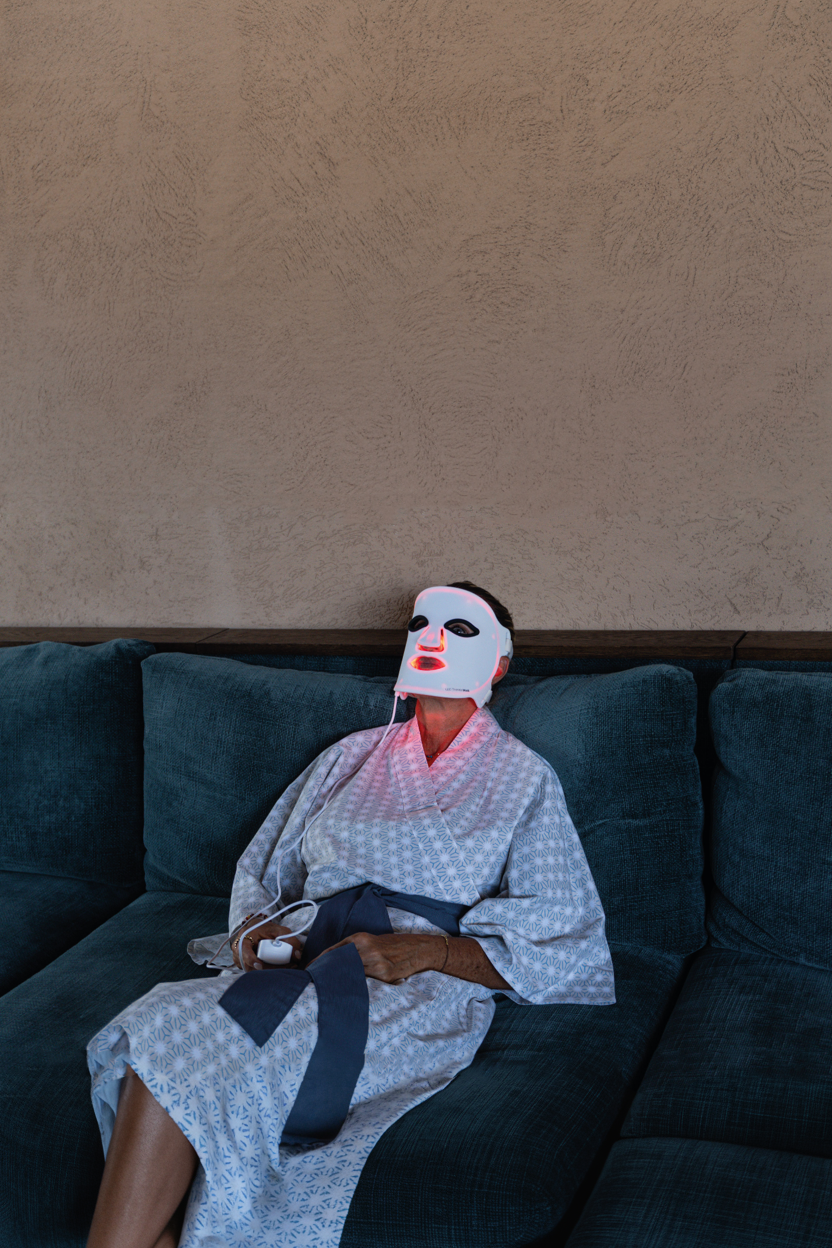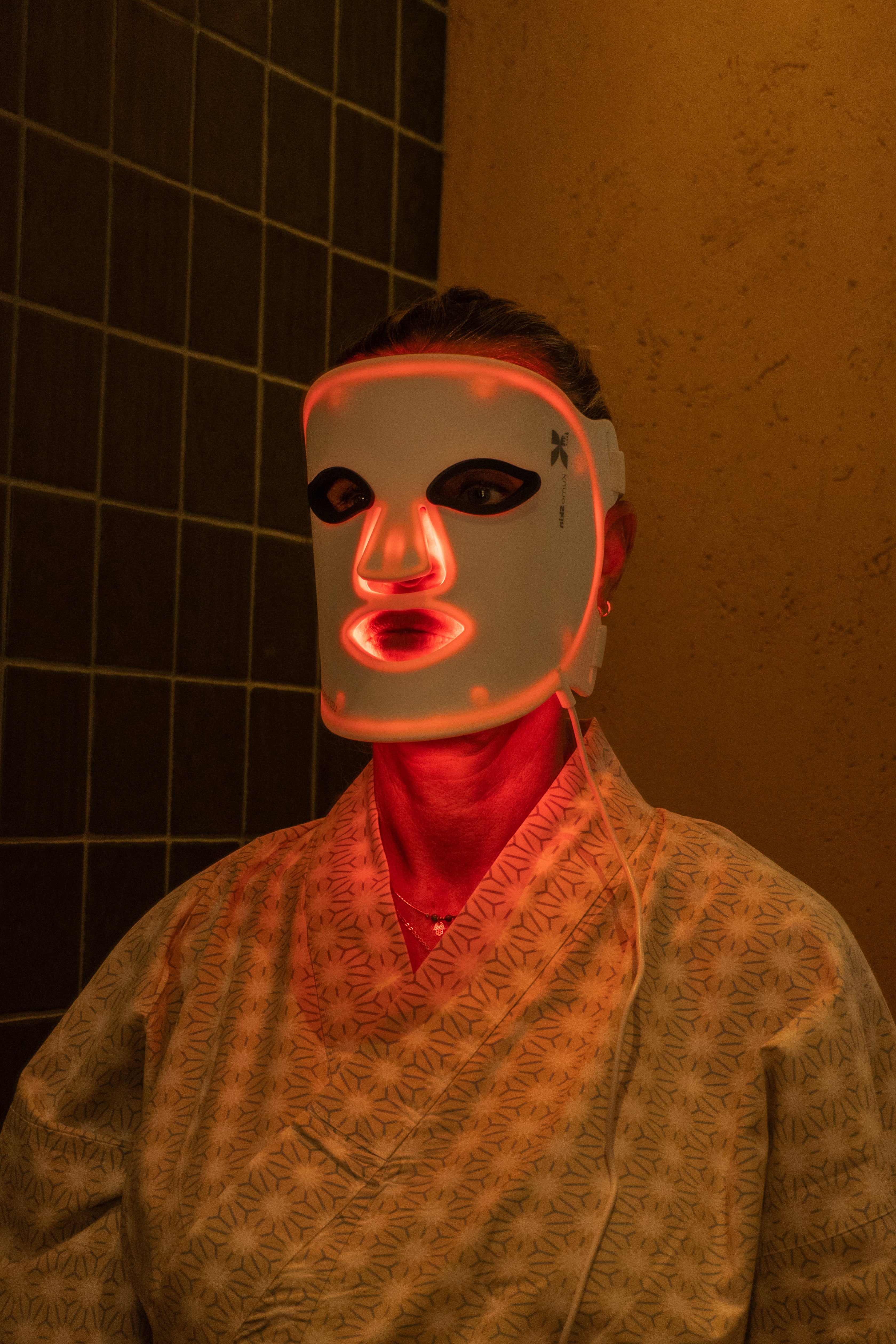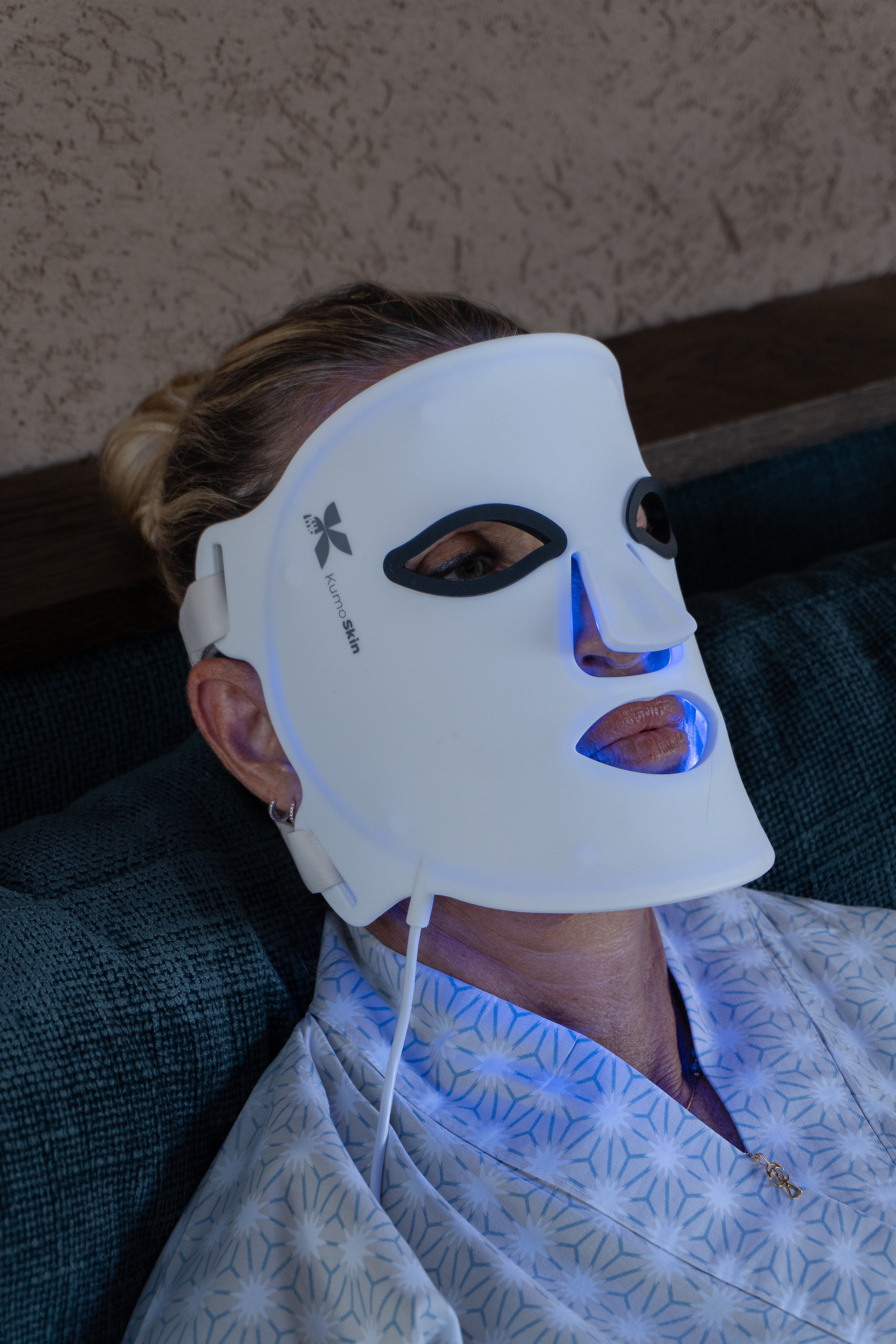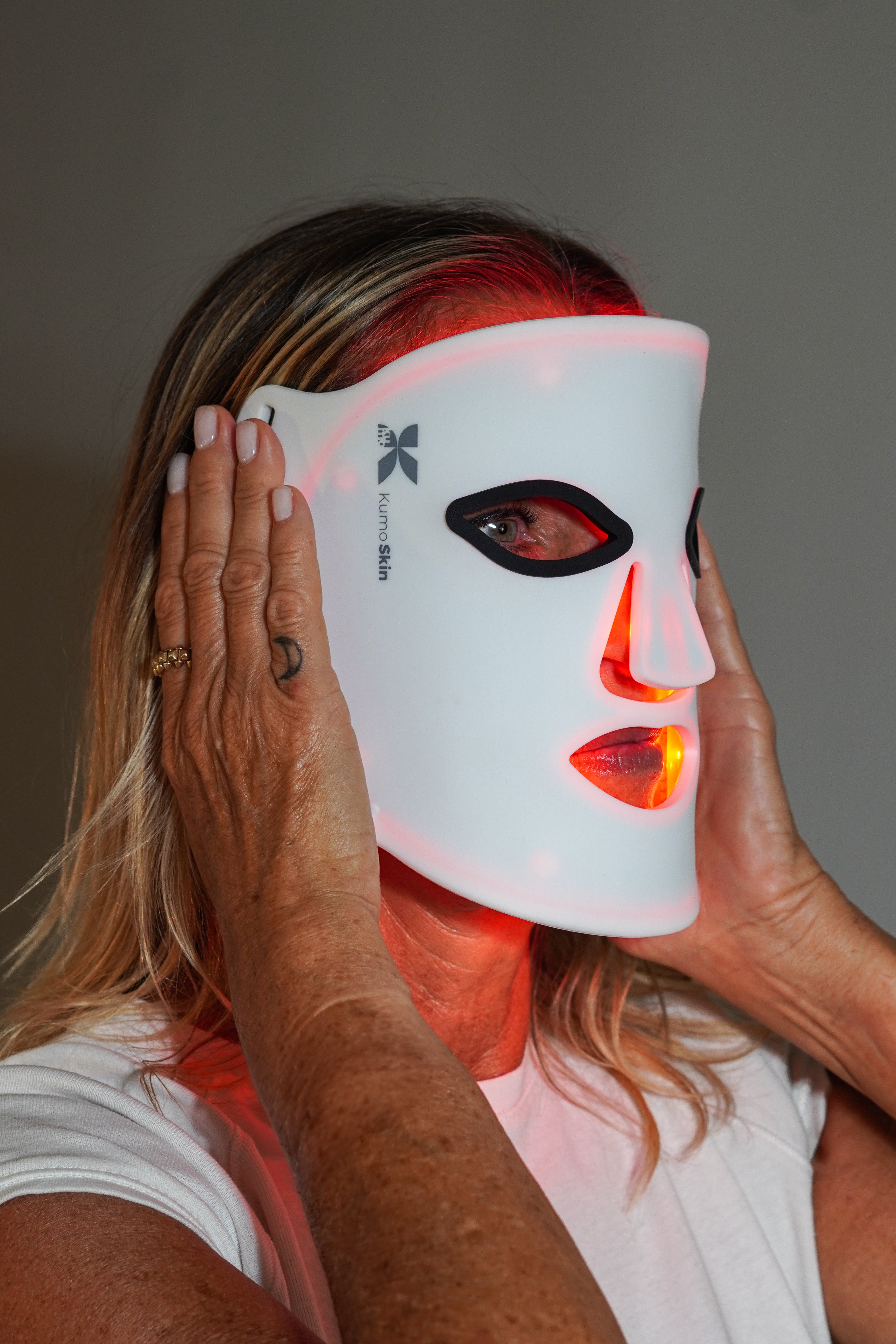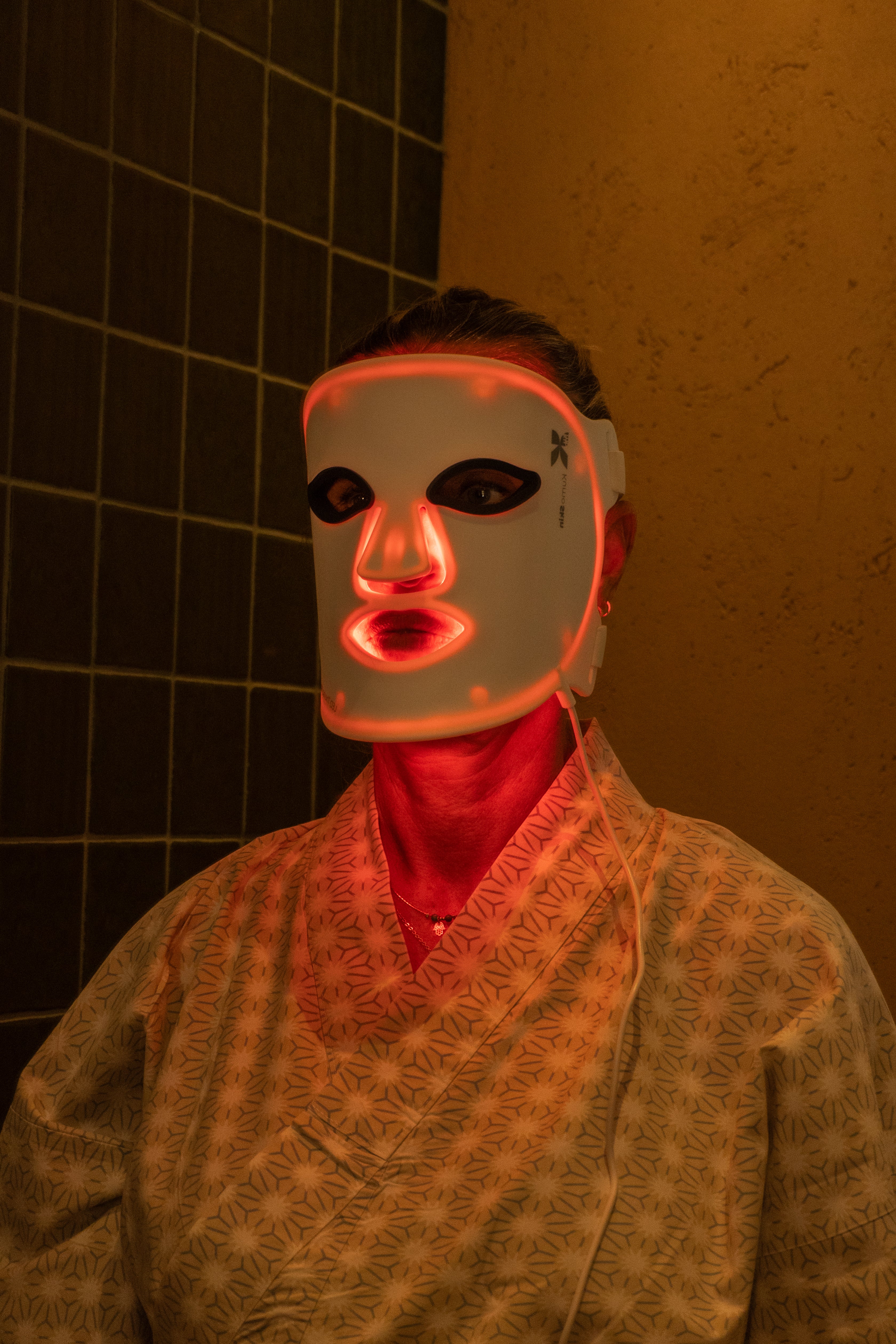Red light therapy: what it is, what it's for, and how to use it at home. If you're looking for a practical and safe guide to get started today, here's all the essentials: real-life benefits, usage parameters, safety, and how to integrate it into your wellness and performance routine.
Coming soon
- Activates cellular processes (photobiomodulation) with red and near-infrared wavelengths.
- Common uses: brighter skin, muscle recovery support, and improved sleep hygiene.
- Basic protocol: 5–15 min per zone, 3–5 days/week, 10–30 cm from the device.
- Safety: Protect your eyes, avoid heat burns, consult if you are taking photosensitive medications.
- Best results when combined with complementary recovery habits and tools.
What is red light therapy and how does it work?
Red light therapy (or photobiomodulation) uses LEDs at specific wavelengths to influence cellular biology. It's not UV or tanning; it works with visible red light and often near-infrared (NIR), perceived as gentle heat.
Red light vs. near infrared
- Red light (approx. 620–670 nm): acts mainly at the superficial level, ideal for skin.
- Near infrared (approx. 810–880 nm): Penetrates deeper, useful for muscles and joints. These bands are widely referenced in the photobiomodulation literature, with mechanistic and clinical reviews available in databases such as the NCBI/NIH .
What happens in your cells (photobiomodulation)
Light is absorbed by chromophores such as cytochrome c oxidase, modulating energy production (ATP), reactive oxygen species signaling, and anti-inflammatory cascades. The results can include improved skin tone, reduced muscle stiffness, and support for tissue repair. For a clinical overview, the Cleveland Clinic summarizes applications and precautions.
The key is not “more light,” but “the right light” for the right amount of time and at the right frequency.
Supported benefits and real limits
The evidence on photobiomodulation is growing, but heterogeneous. Avoid expectations of a miracle and think of it as "support" rather than "cure."
Skin: radiance, acne and fine wrinkles
- It can promote skin repair and collagen synthesis, useful for fine lines and texture.
- In acne, red light can calm inflammation; some devices combine red and blue light to target bacteria.
- Be consistent: Results are usually seen after several weeks of regular use. See the scientific framework at NCBI/NIH .
Muscles and recovery
- Before or after exercise, NIR light can help support mitochondrial function and modulate pain and inflammation.
- Exercise physiology reviews have reported favorable effects on performance and recovery with well-dosed protocols; see the review in Frontiers in Physiology .
Sleep and circadian rhythms
- Evening exposure to red/NIR light may be more “friendly” to melatonin than cold or blue light, as part of good sleep hygiene.
- A study in athletes found subjective improvements after several weeks of red light sessions at night (Zhao et al., 2012) PubMed . Still, it prioritizes sleep habits and blue light control.
How to use it at home step by step
Preliminary checklist
- Define objective: skin, muscles, or sleep hygiene.
- Area and size: face, neck, back, quadriceps, etc.
- Choose a device with appropriate wavelengths and sufficient power.
- Clean, dry skin; remove makeup or photosensitive creams.
- Have eye protection on hand if working close to your face.
Basic protocol per objective
- Skin: 6–10 min per area, 3–5 times/week. Distance 15–25 cm. Progresses over 8–12 weeks.
- Muscles/Joints: 8–15 min per muscle group, 3–5 days/week. Distance 10–30 cm. Pre- or post-workout.
- Sleep hygiene: 10–15 min, 1–2 h before bedtime, 20–30 cm apart, 4–7 days/week, with dim ambient light.
If you are a beginner, start in the middle of the time range and adjust according to tolerance (heat, mild transient redness).
Quick table of suggested parameters
| Aim | Typical wavelength | Distance to the skin | Time by zone | Frequency |
|---|---|---|---|---|
| Skin (brightness/wrinkles) | Red 630–670 nm | 15–25 cm | 6–10 min | 3–5/week |
| Acne/redness | Red 630–670 nm | 15–25 cm | 6–8 min | 3–4/week |
| Muscle/recovery | NIR 810–880 nm | 10–30 cm | 8–15 min | 3–5/week |
| Sleep hygiene | Red/NIR | 20–30 cm | 10–15 min | 4–7/week |
Note: These are typical guideline ranges from manufacturers and literature; customize based on feedback and professional advice.
Integrate it into your recovery routine
- Chain habits: red light session after your evening shower and before reading in warm light.
- Combine stimuli: after training your legs, use NIR light and then activate circulation with pressotherapy boots .
- Release localized tension with the KUMOPULSE Air massage gun and finish with light on the muscle group being worked.
- For facial care, a short session after cleansing is recommended. If you're using an LED mask, check out KUMO's LED therapy collection to choose your format.
If you're looking for a holistic approach to wellness and performance, explore KUMO 's solutions and create a consistent, sustainable, and enjoyable routine.
Safety, side effects, and who should avoid it
- Eye protection: essential if you work close to eyes or use powerful panels.
- Skin: Mild transient redness or warmth may occur; reduce the time if bothersome.
- Photosensitivity: Consult your doctor if you take photosensitizing drugs or have photosensitive disorders.
- Pregnancy, active cancer, recent open wounds or infections: requires prior professional evaluation.
- Avoid wet surfaces and respect the device's cooling time. For general guidance on uses and precautions, see the Cleveland Clinic.
How to choose a quality device
Wavelengths and power
- Look for LEDs in the red (e.g., 630–670 nm) and NIR (e.g., 810–880 nm) ranges.
- Consistent irradiance power and density allow for shorter, more effective sessions; be wary of claims without measured data.
- If your target is skin, prioritize red; if it's muscle/joint, include NIR.
Coverage, ergonomics and certifications
- Format: face mask, body panel, or targeted device for small areas.
- Ergonomics: stable support, timer, preset programs.
- Safety: Electrical certifications and a clear user manual. If you have any questions, please write to KUMO support .
FAQ
How long does it take to notice improvement with red light?
It depends on the goal and consistency. In facial care, many people report subtle changes in texture and radiance after 4–6 weeks of use, with more visible results after 2–3 months of consistency. In muscle recovery, the feeling of relief may be more rapid after single sessions, but sustained benefits require routine. Respect the time for each area, avoid overdoing it, and document with photos or logs to realistically assess progress.
Is it better to use it before or after exercise?
Both options make sense. Before training, you can prepare the tissue and modulate the perception of exertion; afterward, you can support recovery and muscle comfort. If you do intense sessions, avoid overlapping them with prolonged deep heat. A practical guideline: 8–10 minutes of NIR in the group you will train, and 8–12 minutes post-session. Adjust according to response, and combine with hydration, sleep, and, if desired, pressotherapy .
Does red light help you sleep better?
It can be a useful tool within a comprehensive sleep hygiene program. Red/NIR light is less disruptive to melatonin than intense blue light. Short sessions 1–2 hours before bedtime, in a warm, dimmed light environment, can help ease the transition to rest. Review the Sleep Foundation's guidelines for light and sleep and combine them with regular schedules, a cool temperature, and digital disconnection.
Can I apply it on tattoos or skin with hyperpigmentation?
Generally, there's no problem with healed tattoos, but for skin with hyperpigmentation or melasma, introduce light gradually and monitor your reactions. Start with shorter times and greater distances. Avoid areas with recent wounds, infections, or photosensitive treatments. If you have a history of abnormal reactions to light, consult a doctor first.
What is the difference between LED mask and body panel?
The mask is optimized for the face: comfortable, consistent, and easy to integrate into your daily routine. The panel offers greater power and coverage for the trunk and extremities, and flexibility for muscle targets. Your choice depends on your top priority. You can explore options in the LED therapy collection and combine it with tools like the massage gun .
To remember
- Red light therapy works by photobiomodulation: dose, distance and consistency matter.
- Skin, muscle, and sleep are the most common household uses, with promising evidence.
- Start with 5–15 min per zone, 3–5 times/week, at 10–30 cm, and adjust as tolerated.
- Prioritize safety: protect your eyes, avoid photosensitivity, and consult with your doctor in special cases.
- Combine it with active recovery: mobility, massage, pressure therapy, and good rest.
- Ready to create your routine? Discover KUMO 's solutions or contact us on the contact page.
